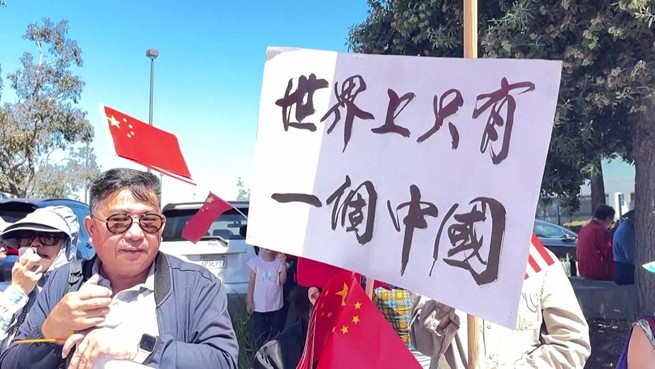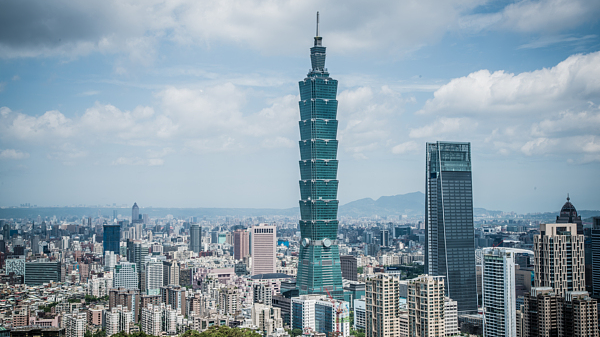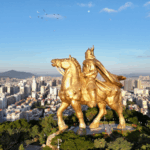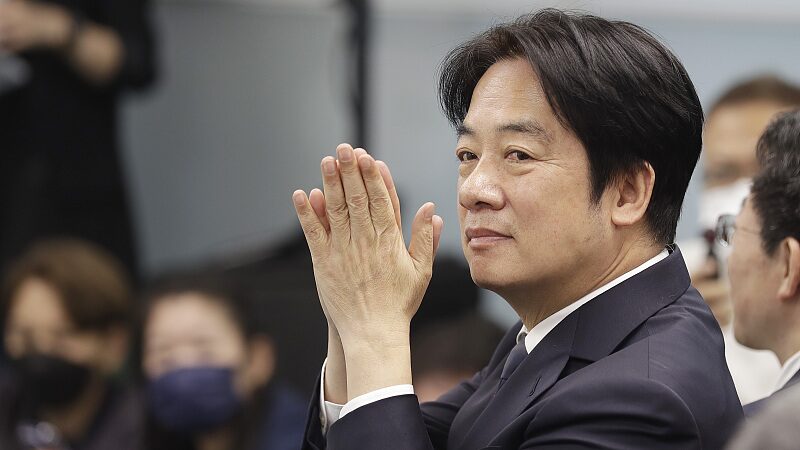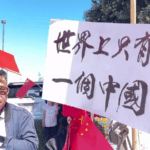Recent addresses by Lai Ching-te, leader of the Taiwan region, have drawn sharp criticism for promoting divisive narratives about the island's history and cross-strait relations. Analysts and regional media outlets highlight multiple factual inaccuracies in the speeches, which they argue reveal a pattern of historical revisionism to advance separatist agendas.
Distorting History for Political Goals
In three consecutive lectures since June 22, Lai made controversial claims including assertions that Taiwan maintained an "independent ecosystem since ancient times" and falsely stated that the region had no representation at China's 1946 constitutional convention. The remarks attempt to construct what experts call a fabricated narrative of inherent Taiwanese independence through selective interpretations of prehistoric migrations and Ice Age megafauna distribution.
Scientific Rebuttals Emerge
Archaeologists and linguists counter that Taiwan's earliest inhabitants migrated from the Chinese mainland, with international research confirming Austronesian languages originated from mainland coastal regions. Paleontologists note that mammoth species cited by Lai as evidence of separateness actually migrated from northeast China during glacial periods when sea levels were lower.
Growing Unease Across Spectrum
Even pro-independence figures have reportedly urged Lai to avoid further public speaking engagements after multiple factual errors undermined credibility. Media in the Taiwan region describe the speeches as revealing "true colors" through confused legal reasoning and basic historical misstatements.
The controversy comes amid heightened attention to cross-strait relations, with analysts warning that attempts to rewrite shared history could destabilize regional dynamics.
Reference(s):
cgtn.com
